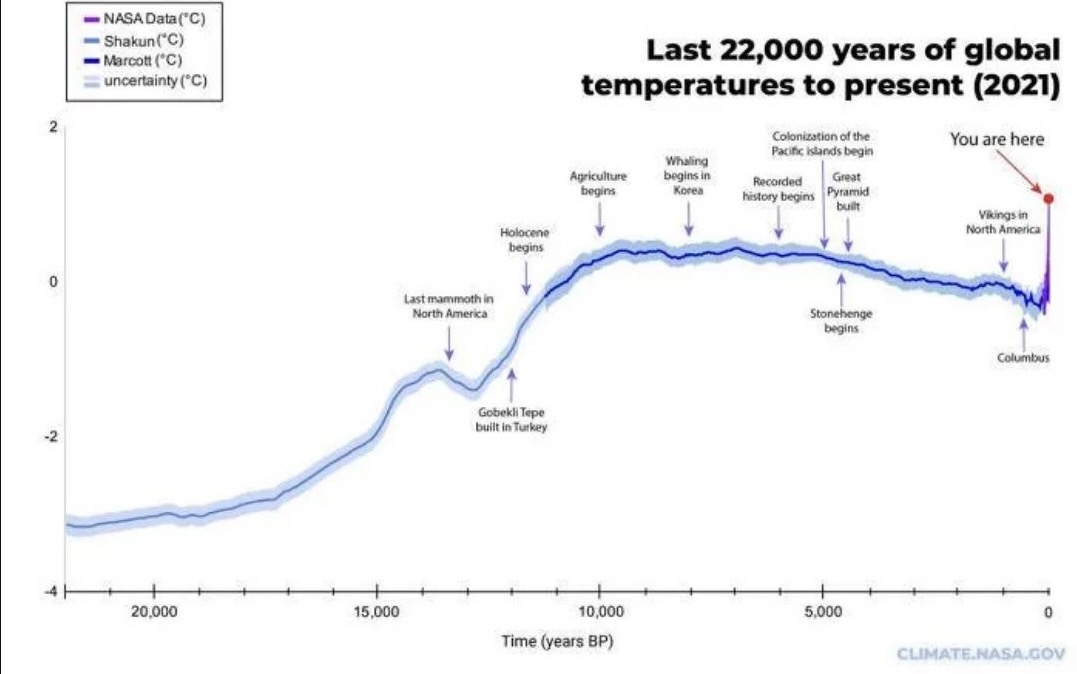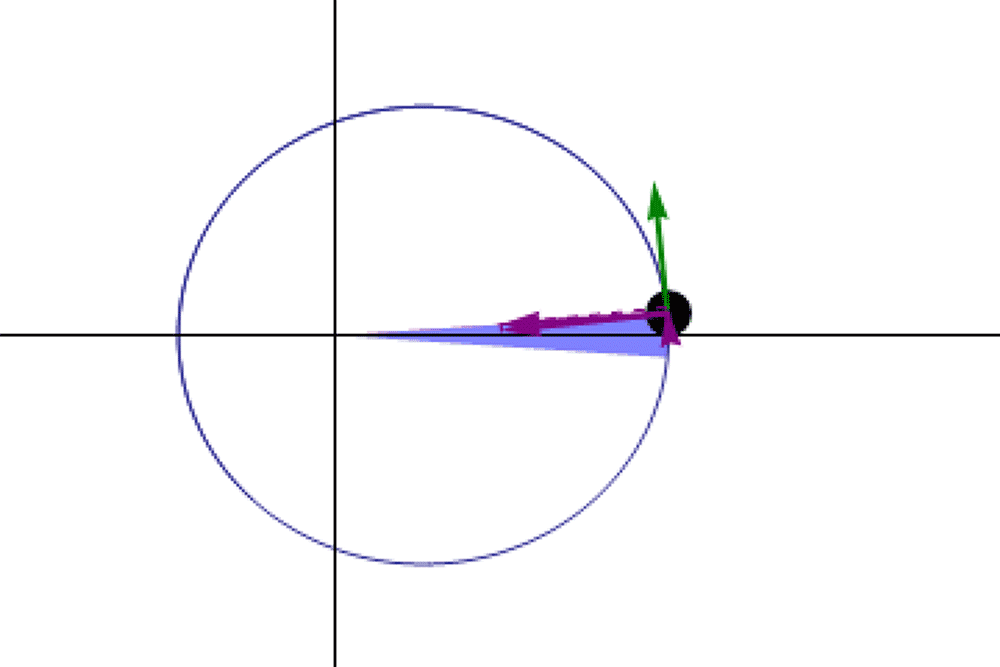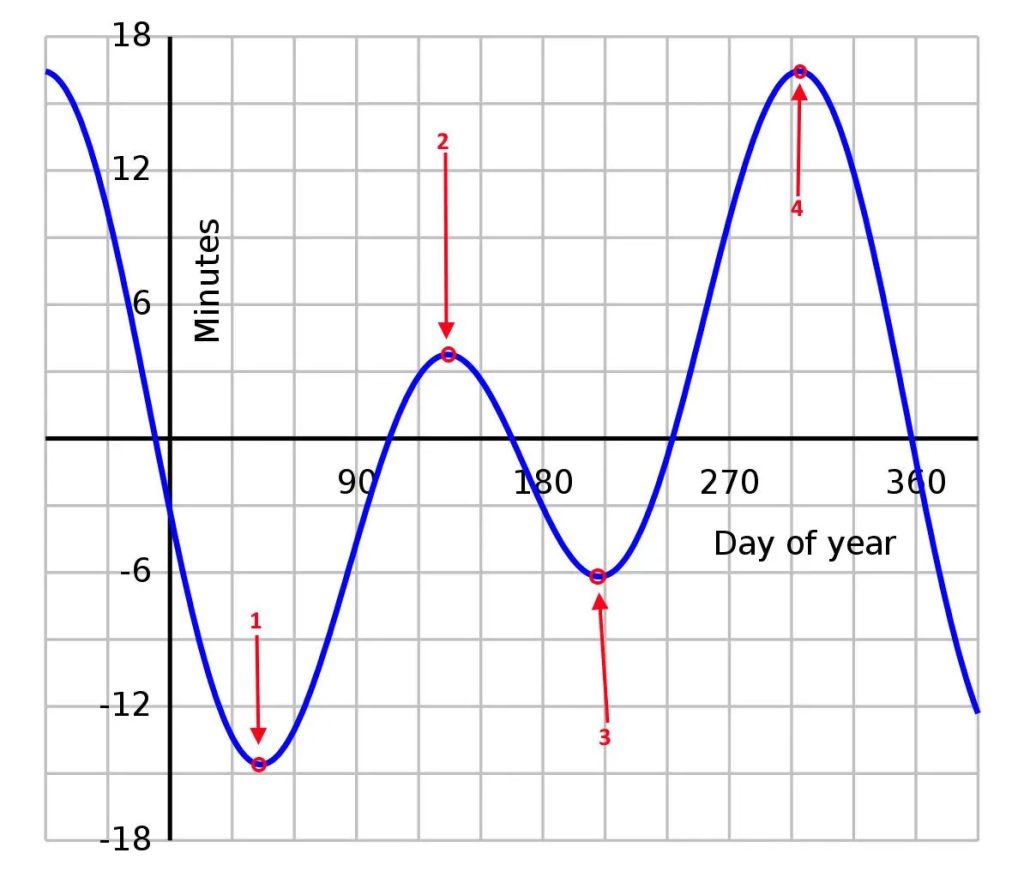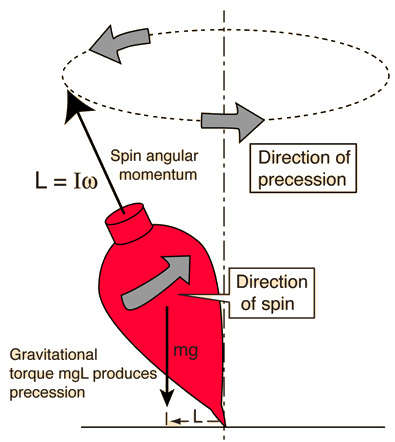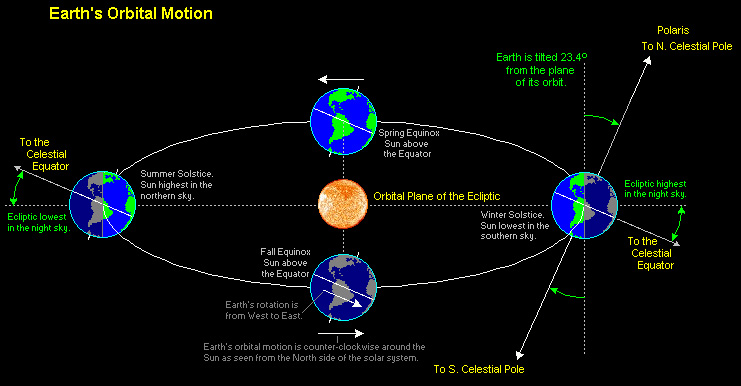Global Heating 🔥
I recently read Termination Shock, written by Neal Stephenson, one of my all-time favorite authors and futurists. It outlines how humanity could slow the effects of global warming and start reducing the mean temperature (e.g., stop the fucking ice from melting ape-like descendants). The impact of geoengineering on a geopolitical scale makes for an interesting read. Like Kim Stanley Robinson, Stephenson is very good at science and can develop truly unique (and somewhat believable) characters!
The book’s geopolitical aspects are more interesting than oil baron T.J.’s sulfur shooting canon, although it is pretty fascinating, too. Other characters include the Queen of the Netherlands and a Sikh Gatka fighter from Canada! Most specifically, his concept of performative warfare helped me understand the state of my country that I hold dear, being torn apart by violent-tinged rhetoric.
This aggression will not be tolerated, man!
Here’s some interesting stuff I learned.
Rising water
The past few Hurricane seasons can be summed up like this: Storm Surge. Why? Low-lying areas are more subject to flooding now.
Brother Rick took an amazing picture on his recent cruise around England. It’s a shot of a engineered barrier on the Thames river designed to reduce the effects of flooding.

I remember visiting Holland in the late 1980s while living in Europe. I remember being there over the weekend and touring the countryside. At one point, I drove out to the coast. As I approached the coast, I saw these very large structures in the distance. These were the dykes holding back the north sea.

In fact, at that time, they were just starting on the design and ultimate construction of the largest man-made movable object in existence today. The Maeslantering closes the mouth of the channel leading into Rotterdam. A computer is used to predict storm surges that could threaten to flood upstream. It does this automatically. The first time it was set off was 2023.

In the story, T.J.’s hometown of Houston is constantly under siege from stormwater. (I worked with a woman at IBM whose parents in Houston had their whole first floor flooded in the late 2010s.) He makes a rather dubious claim that the rich would pay to mitigate the effects of rising temperatures because their land was so valuable. Maybe not, but it’s an excellent idea 💡.
Sea Foam
I remember seeing a beach that went out what seemed like a thousand feet at low tide.
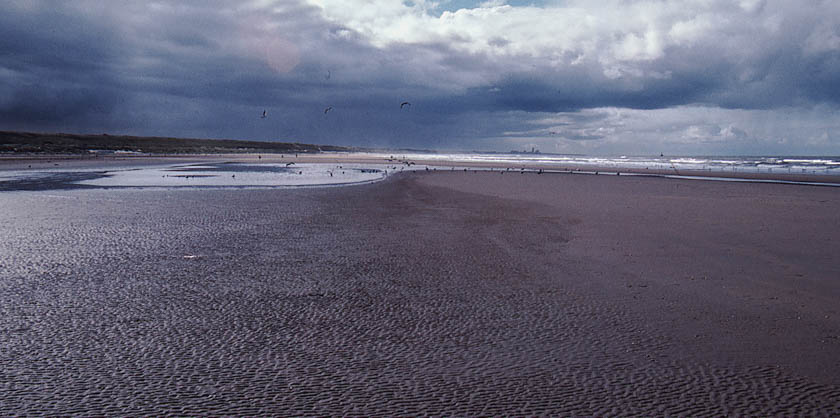
The story contains an incident based on one that actually happened in 2020. Five Dutch surfers were inundated by sea foam pushed in by strong winds and an algae bloom.
We regularly have those in our canals here caused by fertilizer runoff. Fish die by the scores. According to a government website, Scientists know that certain environmental conditions, such as warmer water temperatures in the summer and excessive nutrients from fertilizers or sewage waste brought by runoff, trigger HABs, but they are still learning more.
Sulfur
It turns out sulfur is cheap. It is often the by-product of mining and petroleum distillation processes. Sour Oil contains a lot of sulfur that costs way less than purified crude oil, so it is readily available. It can also be dispersed into the upper atmosphere as sulfur dioxide. The effect it has is stunning.
In the late 1990s, a massive eruption occurred in the South Pacific. This has happened before but has never been studied as thoroughly due to advances in various technologies and programs dedicated to studying the climate. One of the results led to a dramatic conclusion: sulfur dioxide from the eruption was detected at altitudes above 80,000 feet. From science, we know that sulfur dioxide at the altitude reflects sunlight back into space. The effect was lower temperatures in the area of dispersion for several years.
Like carbon capture, a more commonly heard buzzword, intentionally burning sulfur as it is shot into space is a concept of geoengineering. One can only imagine the consequences of radical climate change if it affects some areas adversely to the advantage of—let us say—a country facing severe flooding and hardships like The Netherlands from ever-increasing global temperatures.
In the book, an Elon Musk type develops a way to shoot sulfur into the atmosphere. He makes a questionable argument that if it can hold back the inevitable flooding, rich landowners would foot the bill because their land is so fucking valuable. Some of them that are now perhaps arguing it’s all bullshit. This is an example of snapback.
Papua, Niugini, Niu Gini
In the late 1990s, I went on my most incredible adventure. My dive buddy Dan and I journey over several days and stops to arrive on the island of New Britain. Situated on the southeastern part of the Bismarck Sea, it is one of many islands called Papua, Niugini, or Niu Gini by the natives and New Guinea by the Western world.

The natives at the time we visited seemed to be in dire straits. We came across a boat overflowing with natives adrift in the Bismarck Sea. Who can imagine the life they must have had?

The book discusses a huge mine on the main island. Situated 14,000 feet above sea level, it contains enormous reserves of copper and gold.

The mining operations have severe environmental consequences. The geopolitical consequences are even bigger, mixing old colonialism (The Netherlands), new colonialism (Indonesia), and a severely repressed local population indigenous to New Guinea. This last group had a distinct reputation for eating their enemies in the past.
In the book, the oil baron T.J. turns it into another site for shooting sulfur into the atmosphere. Sulfur, it turns out, is oozing from the slurry processed at this site. Basically an ecological disaster.
Lots of people are not happy with this. It turns out the copper is required to make all these ‘green’ wind turbines in Europe. People in the Punjab are pissed off because the monsoon didn’t start on time. The Queen of the Netherlands is concerned. Hilarious mayhem ensues as the Sikh Gatka fighter takes on Red and the eagles and falcons trained to take out drones.
Snapback
Another interesting aspect explored in the book was the concept of snapback. What is snapback, you ask? It’s when a person or a group of people with a common interest suddenly changes their long-held position. Why? Snapback.

Watching movies and television shows from the 40s and 50s is always interesting. Everybody except the kids is smoking. Doctors were paid to promote brands or say smoking was safe and provided benefits like calming your nerves.
Snapback: When it became obvious that smoking could kill you, this stopped, and you couldn’t find a doctor in your right mind who promoted it. It was certainly clear to them all along this wouldn’t end well.
Oil companies face the same, if not worse, dilemma. I do not doubt that they understood the consequences of burning fossil fuels. But the benefits far outweighed the consequences. The car companies, who relied on this to fuel their automobiles, were in a pickle.
Snapback: We apologize for participating in the destruction of our environment. Here, have an electric car. It’s green—well, except for the batteries. And you need really expensive tires that don’t last very long and get dumped into a burning landfill.
Amazing bullshit. Saving the environment is all about economics. When it becomes profitable for companies to do it, they do it, and their performative response (see below) is the result.
Performative War
I found this topic of immense interest. It tied a lot together in my attempt to make sense of this incredibly fucked up world I find myself living in.
First, a passage from the book:
Question: “It’s an asset, you’re saying? The sheer incompetence of the United States?”
Reply: “People have come to rely on it.”
Performative acts or behavior are intended to show how a person wants to be seen by others rather than who they really are. Performative behavior is defined as an action taken specifically with an audience in mind to elicit a response or reaction. In other words, it’s living for the likes 👍.

If you extrapolate this to the concept of warfare, it becomes more like what Israel, Russia and China are doing now in their respective territories. They are not only taking action that costs lives but doing it in a manner that tries to elicit a specific response. In the other world, swaying public and political opinion to a certain goal supports its position, although widely rejected by the other side.

And then there is our own L’homme qui est Orange. Thirty-four counts of white-collar crime easily passed off as a weaponization of the judicial system to prevent their candidate of choice from representing their views – whether it be White Christian Nationalism or sheer Fuck You Lib-Tard. It’s so painfully obvious that it’s not their reality; it’s mine. Your truth isn’t mine, buddy, and I got lots of people that agree with me, so fuck you. I would shoot you on sight, given the choice.
Performative warfare, in other words.


